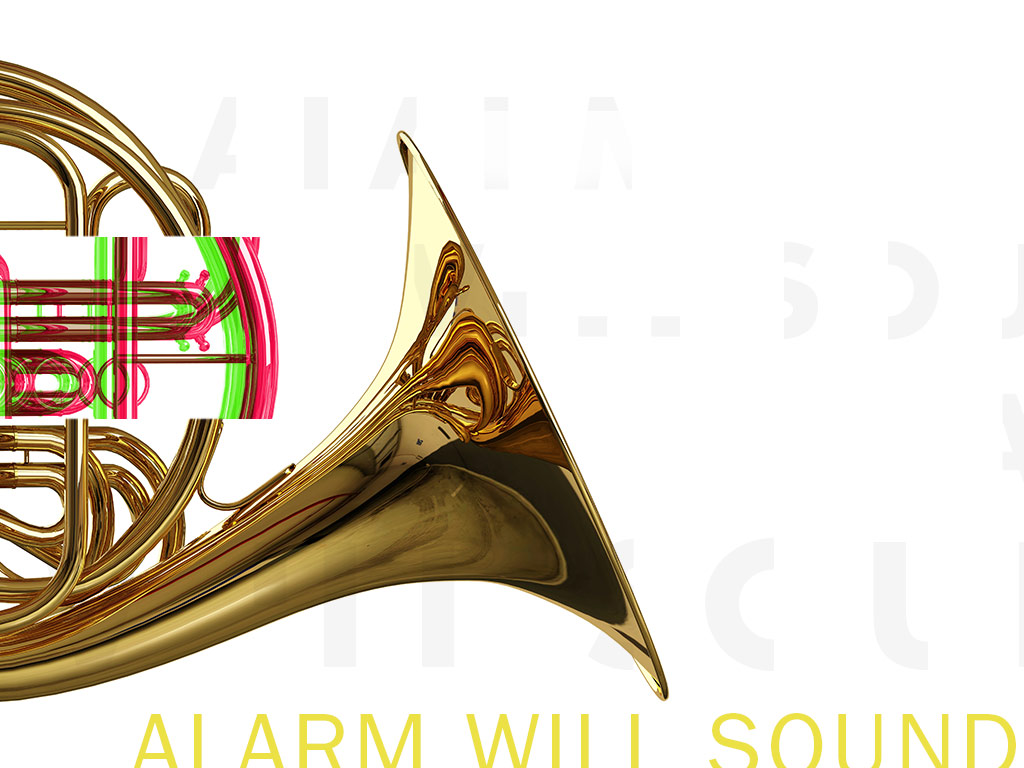Ten Thousand Birds is based on the songs of birds that are native to, or migrate through the area in which the piece is performed. It explores the connections between nature and music, a topic that John Luther Adams has pursued over the course of his remarkable career. He has employed big musical gestures to express the awe one experiences in response to nature’s grandeur, as in Sila: Breath of the World and Become Ocean (for which he won the 2014 Pulitzer Prize and Grammy). In Ten Thousand Birds, on the other hand, the source of inspiration is particular birdsongs, captured in minute detail. Adams writes: “In this music, time is not measured. Each page in the score will be its own self-contained world that occupies its own physical space and its own time.”
Ten Thousand Birds has an open, modular structure: each page of music can be combined in varied ways. Our 70-minute interpretation, designed by Alan Pierson, follows the cycle of a day, starting with bird songs heard in the morning, then afternoon, evening, night, and return to morning. It also uses space by moving the performers around the venue as they play, and encouraging the audience to walk around to experience the music from many perspectives.
Alarm Will Sound performs the work in an open-space setting (whether indoors or outdoors) where performers and audience move freely around the space and each other. In that way, the piece is analogous to a walk in which you discover birds and other natural sounds. The connection between nature and music is enhanced by this unconventional, open setting because the experience would be transformative in subtle yet profound ways: as the bird-song sources become music, the open setting becomes an artistic space, blurring the lines between human creativity and natural phenomena.
Alarm Will Sound premiered Ten Thousand Birds to inaugurate the Public Media Commons in St. Louis, where it was recognized by St. Louis Magazine as one of the best events of 2014.
“…musicians spread through the space and stayed in constant motion. At one point, the violinists even wove through the crowd at a fast jog, their instruments trilling like swallows. Adams was there; he stood on the outskirts, tall and thin, in a black hat and long black coat, taking it all in. He seemed pleased. The rest of us? Stunned in a good way—and moved beyond measure.”
– St. Louis Magazine – A-List
“Listen to Ten Thousand Birds and Its Warbling, Chirping Inspirations” – The New York Times, May 2017

